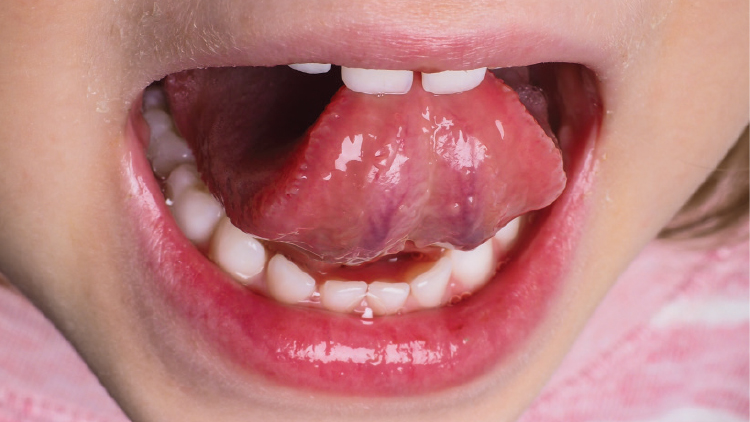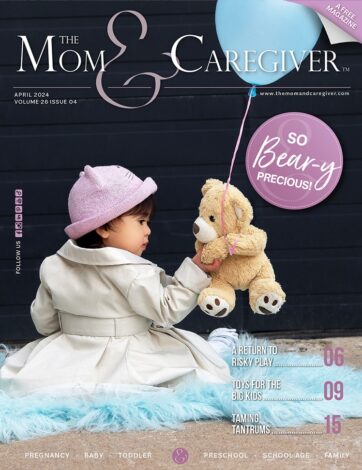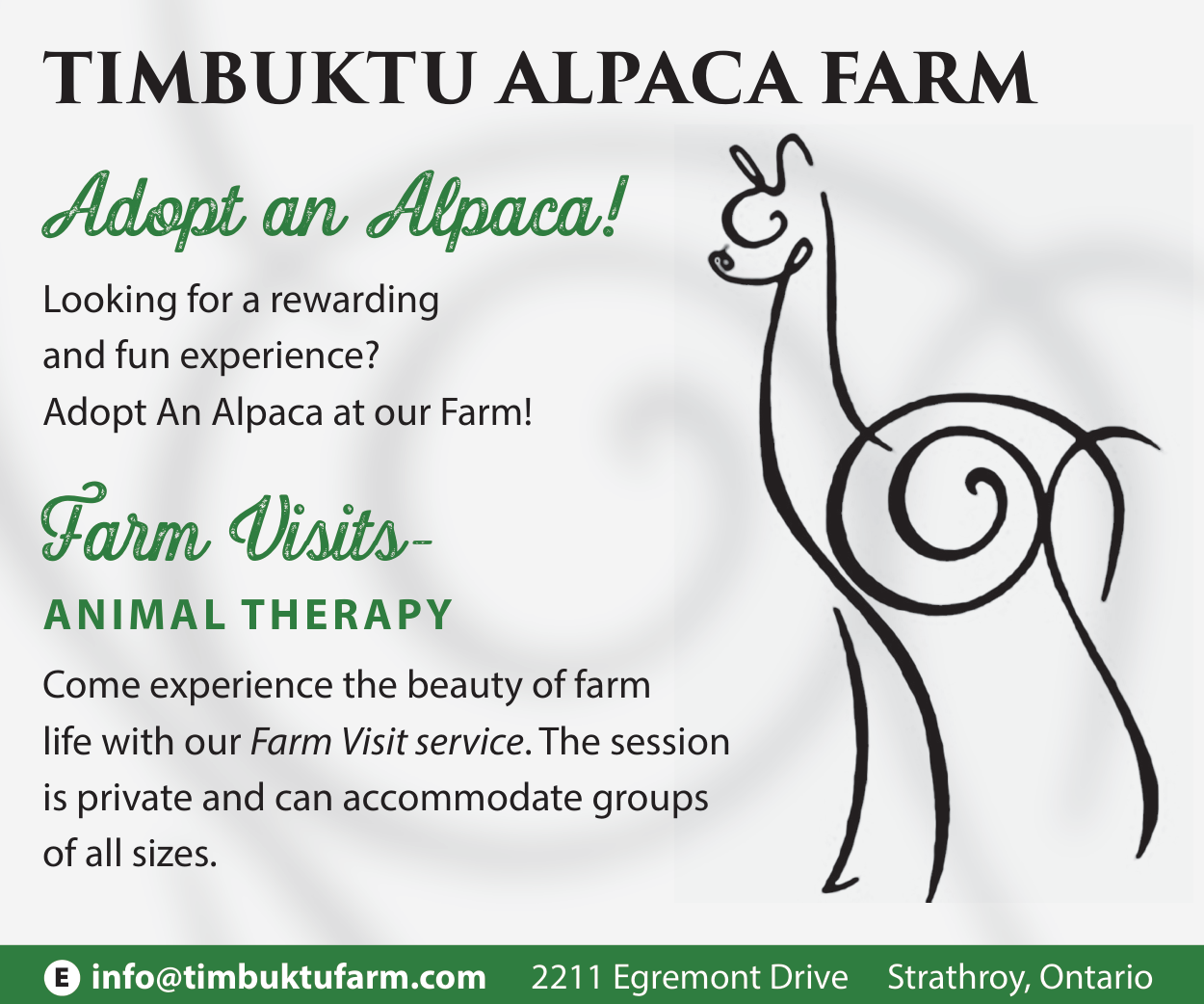COULD YOUR CHILD HAVE A LIP OR TONGUE TIE?
In the breastfeeding world, we are seeing more and more babies with tethered oral tissue. Tethered oral tissue, or TOT, is when the tissue associated with the lip, tongue or cheeks is short and/or thick, resulting in limited movement. Unfortunately, it is somewhat of a taboo topic. Some practitioners go so far as to call it a fad, without fully immersing themselves into all the recent data that show how our babies’ mouths are changing. Research is also consistently showing that, when necessary, tie release extends the duration of breastfeeding. As a breastfeeding support person, I cannot tell you how many times I have seen a breastfeeding dyad continue to struggle because they were told the baby did not have a tongue tie. After a proper assessment by a TOT specialist, there was in fact tethered tissue restricting the baby’s latch mechanics.
When determining if your baby is struggling due to TOT I recommend you see a lip and tongue tie specialist for assessment (someone who is a highly educated professional, and has done additional training specifically in the assessment and identification of lip, tongue or buccal ties). This professional will not only assess your baby’s oral function, but will also explain how this restriction can impact other areas of baby’s life (sleep, speech, crawling), and can discuss the pros and cons of different release procedures.
Identification of tethered tissue is just one step in helping you and your little one find solid footing for breastfeeding. I believe a multi-practitioner approach is best. Who should be on your team of practitioners?
*Lip and Tongue Tie Specialist or Consultant (also referred to as a TOT Specialist)
*Breastfeeding Support specialist, who is well-versed with TOT
*Body-work for baby (Paediatric Physiotherapist, Massage Therapist, Chiropractor or Osteopath, who is well-versed with TOT)
Seeing a breastfeeding support person BEFORE the revision is important to optimize latching technique as well as latching mechanics. The follow up 3-5 days AFTER revision is to ensure that we are helping retrain how baby latches, moves their tongue and transfers milk. A body-work practitioner can help identify areas of tightness or restriction in how your baby is moving. This whole body approach looks at how the restrictions of tissue movement in one area can have a ripple effect to the rest of the body.
Do you have questions about breastfeeding, or curious to learn more about lip, tongue or buccal ties? I would love to chat with you!
Rebecca Robertson. BA, Doula, Breastfeeding Counsellor, Childbirth Educator at Compass Rose Wellness Centre started her path to perinatal support at the Canadian College of Naturopathic Medicine. There, she learned how passionate she was about supporting families as they grow. She also studied breastfeeding support at the International Breastfeeding Centre and has attended two different doula training courses. She continues to learn every day.














